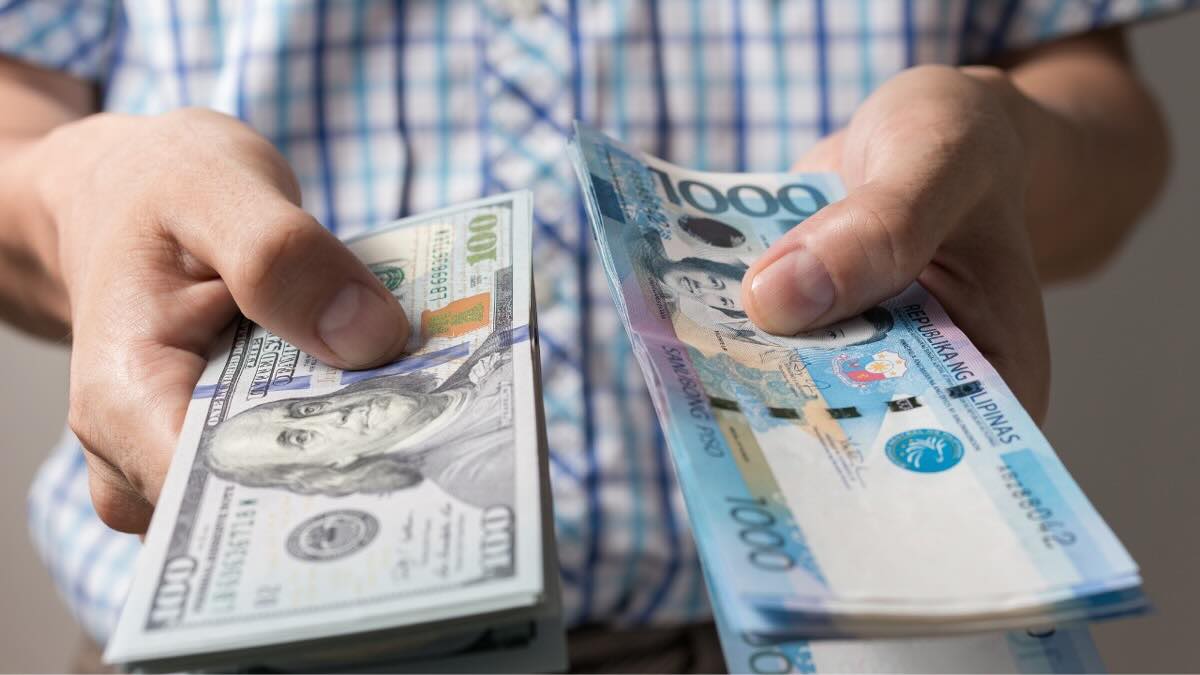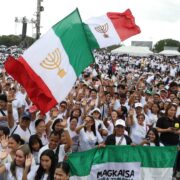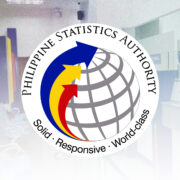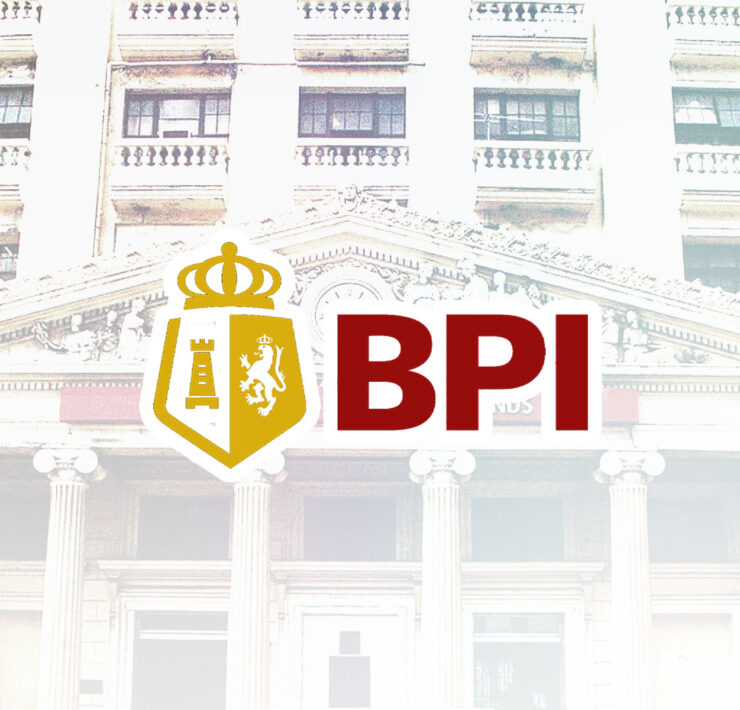Cratering peso sinks to new record low vs US dollar

The Philippine peso fell to a new record low on Wednesday, as investor confidence continued to be rattled by a widening corruption scandal at home that has already taken a toll on economic growth.
The local currency weakened by 18.5 centavos from the previous day to close at 59.17 against the dollar, surpassing the previous record low of 59.13 set on Oct. 28. Trading volume was heavy, rising to $1.7 billion from $1.47 billion in the prior session.
“Locally, market confidence is being tested by governance issues and slower growth, which make investors more cautious,” John Paolo Rivera, a senior research fellow at the state-run Philippine Institute for Development Studies, said.
Offshore, a trader said the dollar showed only modest softness after the US Senate approved a measure to reopen the federal government, ending a 40-day shutdown.
“However, the 60-peso level remains a psychological level for many domestic participants wherein the BSP (Bangko Sentral ng Pilipinas) might be compelled to intervene to prevent local inflation expectations getting unanchored,” the trader said.
Another trader said a break toward 60-level “looks entirely plausible” if global risk sentiment sours or if policy surprises stateside push the dollar higher.
“However, absent such shocks the base-case remains the pair oscillating within the 58.50 to 60 corridor as market participants evaluate domestic carry and external flow dynamics,” the trader added.
In a commentary, GlobalSource Partners analyst Diwa Guinigundo said a “measured” pause in local interest rate cuts could help steady market confidence and preserve macroeconomic credibility. While further easing could support growth, he warned, it also risks fueling capital outflows that could add pressure on the fragile peso.
“In this environment, a measured pause in policy rates could send a constructive signal—that the BSP remains data-driven, vigilant, and risk-conscious,” Guinigundo added.
Such comments stood out against a growing consensus for additional—and potentially larger—rate cuts in the coming months, after the economy showed clearer signs of weakness amid mounting challenges at home and abroad.
In October, BSP cut the benchmark interest rate by a quarter point to 4.75 percent, citing the need to shore up business confidence bruised by a deepening investigation into dubious flood control projects. Governor Eli Remolona Jr. has since signaled the possibility of further easing, acknowledging mounting challenges that could slow growth.
Already, Economic Planning Secretary Arsenio Balisacan conceded that reaching even the low end of the government’s 5.5- to 6.5-percent growth target for 2025 has become “very challenging” after the economy expanded at a four-year low of 4 percent last quarter.
Jun Neri, lead economist at Bank of the Philippine Islands, said the slowdown in the third quarter puts the Philippines at risk of falling further behind its Southeast Asian peers, but warned of any excessive easing aimed at compensating for sluggish growth.
“While inflation is expected to remain manageable in the coming months, there is a significant chance it will move higher in 2026 as favorable base effects from rice prices fade,” he said.





















